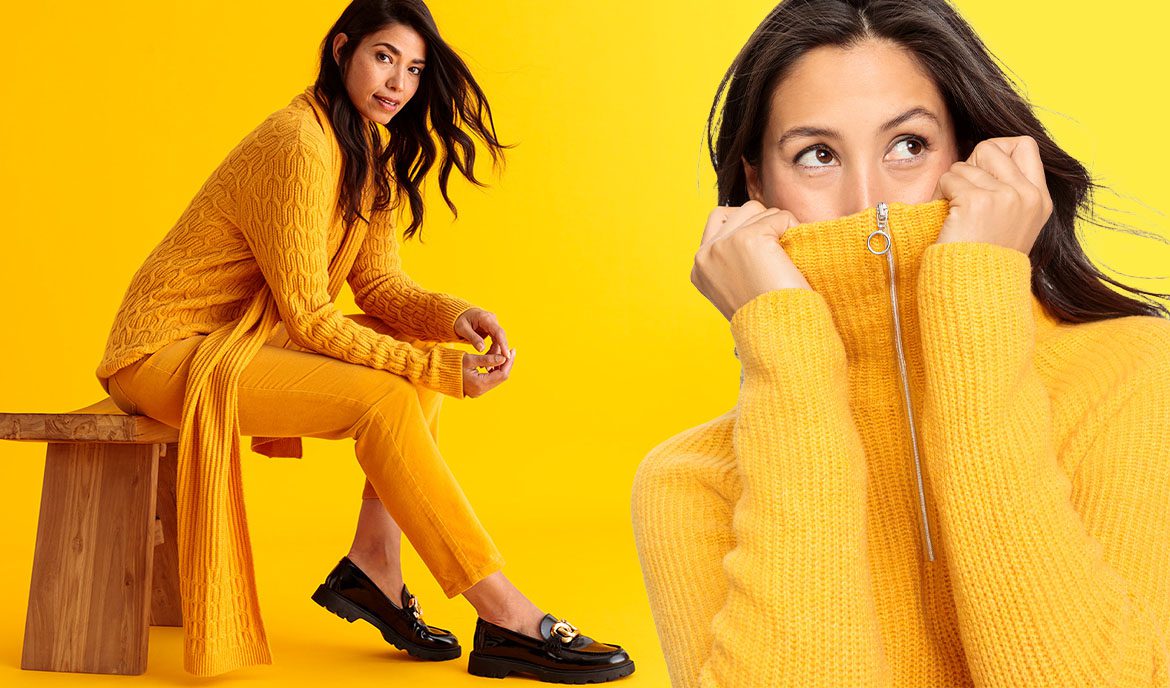As we embrace the 2023 fall/winter season, our anticipation for snug and stylish fashion intensifies. This year, we highlight our well-loved knitwear, from sweaters, cardigans, and knit dresses. High-quality knits dominate our wardrobe, effortlessly transitioning from the golden hues of autumn to the icy winter and into the gentler embrace of spring.
The basics
Diverse design options contribute to the uniqueness of knitwear. The fundamental contrast lies in coloured versus plain knitwear. Beyond basic stripes, vibrant knitwear is crafted through two primary techniques: Jacquard and intarsia knitting.
Jacquard
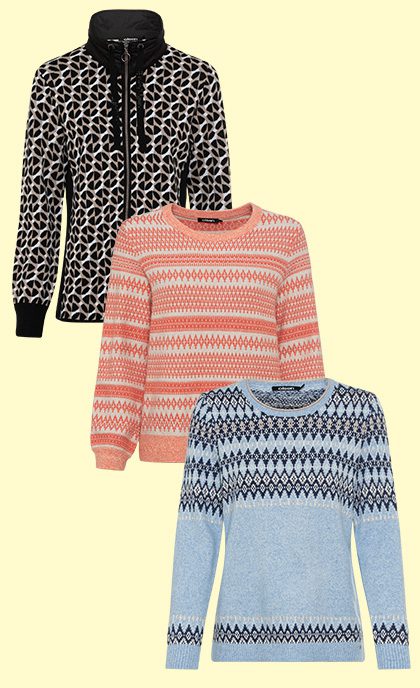
Jacquard in knitwear typically involves small-scale patterns, like the lively allover arrangement, where intricate designs are densely placed. Terms such as “Fair Isle” and “Norwegian” jacquards describe row arrangements or all-round patterns.
Intarsia
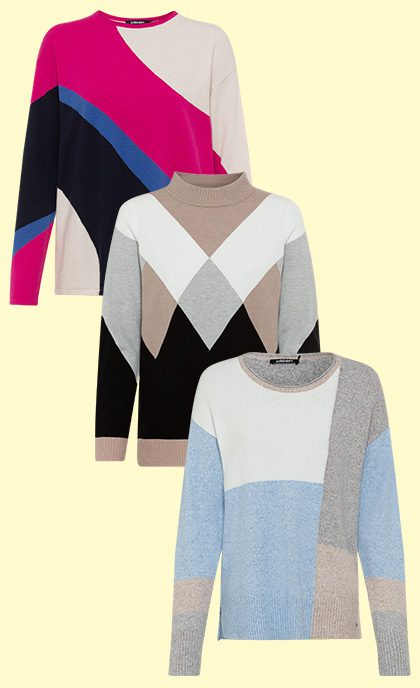
In contrast, intarsia features large-scale patterns or specific motifs, such as the iconic argyle or Burlington diamond. Unlike jacquard, intarsia maintains consistent color on both sides of the fabric.
Plain-colored knitted pieces offer diverse textures. Two popular techniques include:
Cable knit
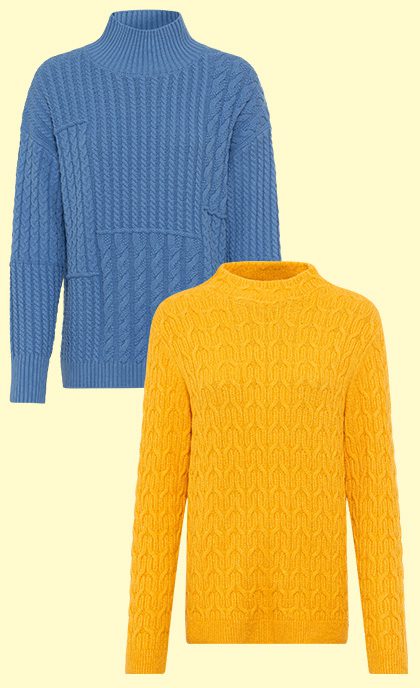
Originating from farm and sailor sweaters, these thick, untreated wool structures provided insulation in cold, damp climates. Also known as “Aran Stitches,” many cable patterns have roots in the Irish Aran Islands. Symbolic and rich in stories, the intertwined rope pattern signifies safety at sea, while the diamond pattern represents a promise of prosperity and success.
Ajour knit
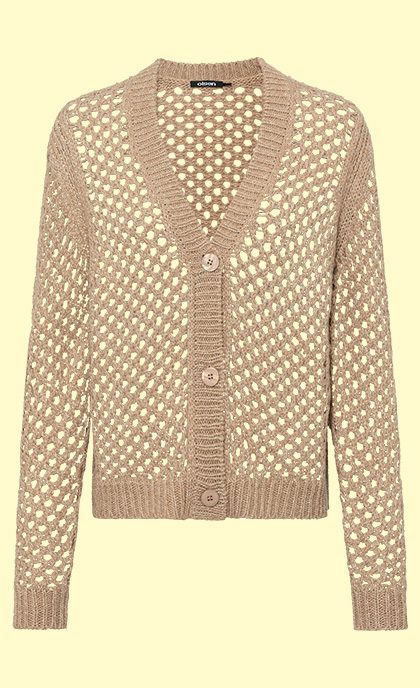
The term “ajour,” derived from French meaning “openwork,” originated in the late 19th century for fishnet stockings. Today, ajour structures lend sweaters and cardigans a stylish lightness, with finely knitted patterns exuding elegance, and coarser yarns providing a modern touch. Characterized by rhythmic sequences of structured areas, holes, and bars, this technique offers various design possibilities.
Knitwear all year round
While knitwear is often associated with cooler seasons, it’s versatile enough for spring and summer. With slight difference, the distinction will help you pick correctly between winter knitwear and summer knitwear.
Winter knitwear
In fall and winter, cozy and heat-retaining yarn blends, such as merino and alpaca wool, tend to be used. Other components such as viscose, cotton and polyacrylic make these yarns easier to care for and more skin-friendly.
Winter knitwear also differs from summer knitwear in terms of colour. In the autumn/winter season, more muted colors are often used than in spring/summer. Typical winter yarns such as wool are also particularly suitable for mélanges in natural shades such as gray or beige. In addition to the yarns and colours, there are also typical styles for this time of year that differ from summer knitwear, such as turtleneck sweaters, pullovers and thick cardigans.
Summer knitwear
Thinner and lighter yarns or yarn blends are used in the spring/summer season. Typical summer yarns often contain a high proportion of linen, viscose, cotton or even bamboo fibers. Ribbon yarn is also often used for summer knitwear. This is not a round spun yarn, but rather a yarn construction that is a fine, flat ribbon. This binds the fiber more tightly and holds it together, creating an airy, cooling effect.
Summer yarns usually use strong, bright and fresh colours. Typical summer patterns also often appear as airy ajour knits.”
Benefits of knitwear
Knitwear not only looks great, is always on trend but also offers several other valuable benefits. Here are the most important advantages of trendy knitwear:
- Easy care: doesn’t require frequent washing and minimal ironing.
- Allergy-Friendly: Natural fibers like cotton and linen are gentle on the skin with low allergy potential.
- Breathable: Merino yarns act as a natural air conditioner, absorbing and releasing moisture.
- Heat storage: In winter, merino yarns efficiently store heat.
Knitwear combinations for every occasion
Explore the endless pairing options that knitwear offers, seamlessly blending with various fabrics and textures. Here are three inspiring combinations to spark your creativity.
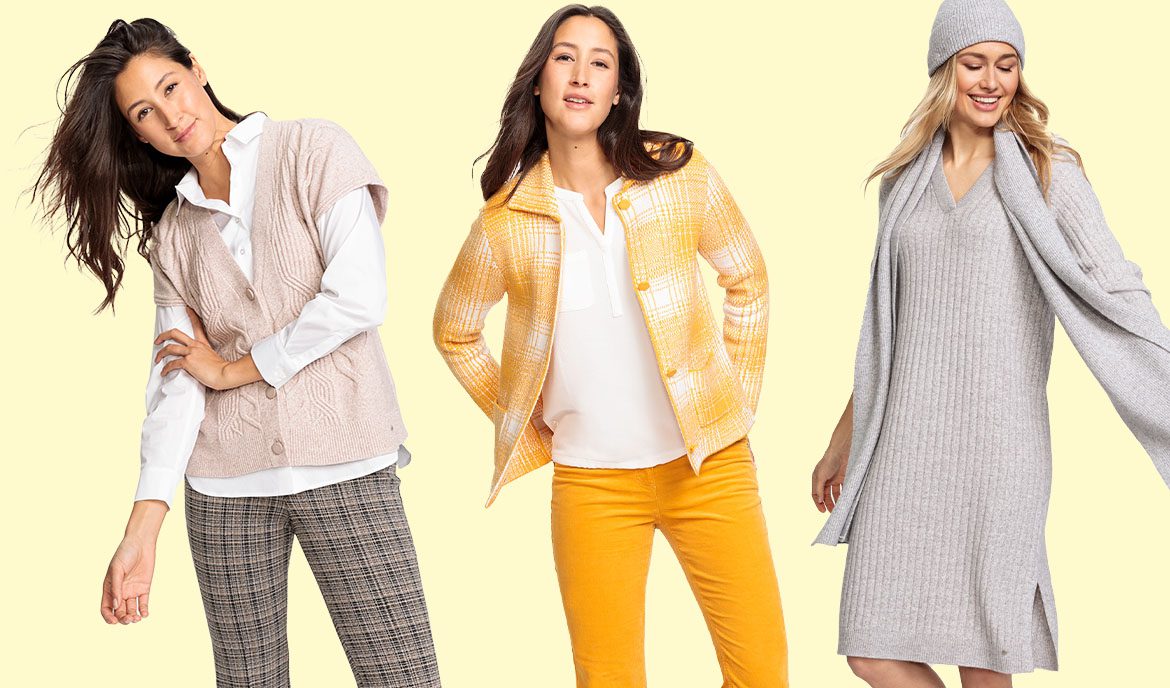
Which of the three outfits is your favorite look?
